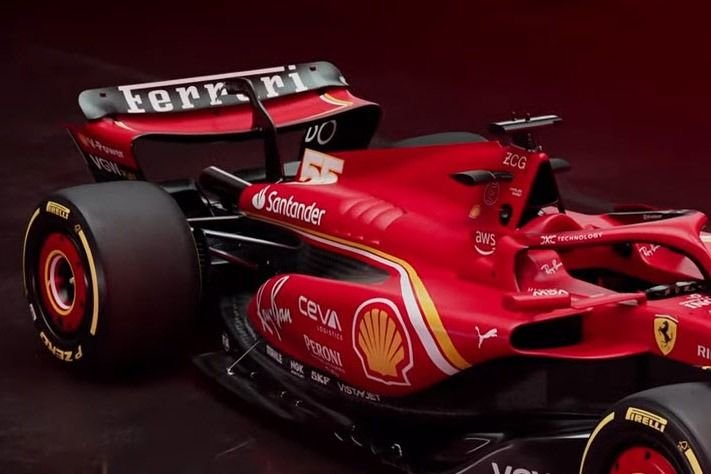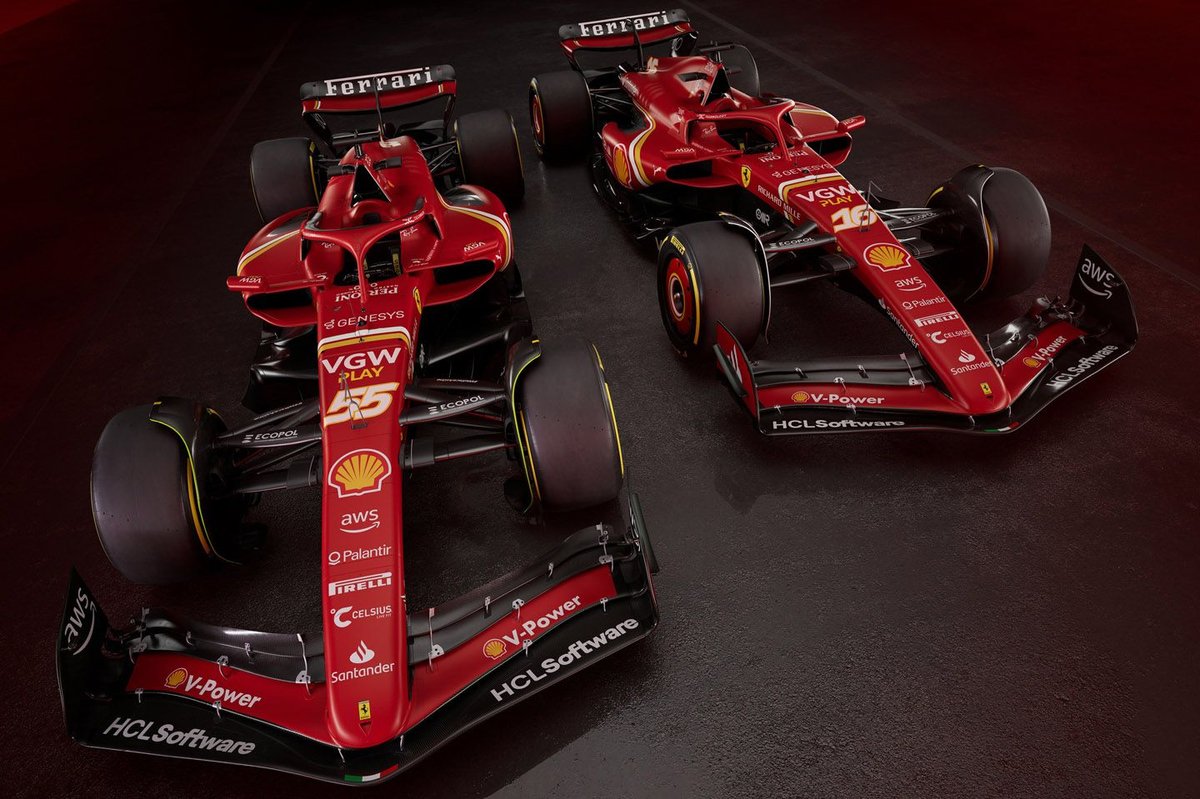The primary objective is to enhance the car’s manageability while widening the setup window, making it easier to drive and quicker throughout an entire race weekend.
Starting with the modifications implemented by the Scuderia, let’s examine the changes to the sidepods. Ferrari began last season with a steadfast commitment to their bathtub-style sidepod solution. However, this design was eventually abandoned midway through the season in favor of a hybrid version of the downwash ramp-style solution observed elsewhere on the grid.
Despite the shift, the team couldn’t fully commit to the change due to the position of the lower side-impact spar (SIS), which remained enclosed within the sidepod rather than being mounted lower and within the floor structure.

The design of the SF-24 addresses this issue, enabling the team to fully exploit the performance benefits of a deeper undercut section, with a noticeable bulge in the forward section of the floor accommodating the lower SIS.
The Scuderia has also enlarged the undercut by adopting the lower lip underbite inlet design, initially introduced by Red Bull. The lower chassis bypass duct continues its role, with the outlet positioned alongside the rear leg of the halo. A flow conditioner has been added, extending from the side of the halo to meet the bypass duct’s outlet.
Furthermore, the sidepod bodywork represents a refined variant of the downwash ramp-style solution, featuring a rearward-focused waterslide gulley directing flow into the Coke bottle region.
The airbox and rollover maintain their design from the previous model, albeit with fewer aerodynamic enhancements surrounding this area compared to previous years.
Moving to the engine cover, it features shelf-like bodywork leading from the cockpit to the rear cooling outlet. Ferrari has also included a cooling gill panel that can be adjusted based on the heat rejection requirements of each venue.
The nose tip has undergone subtle changes, being wider and taller than its predecessor, resulting in a different interaction with the mainplane. The front wing has been reorganized, with traditional horseshoe brackets replacing the outwashing slot gap separators used in 2023.
In terms of suspension, the front remains push-rod while adjustments have been made to better suit aerodynamic requirements. Unlike other teams, Ferrari has retained its pull-rod layout at the rear, following struggles with tire performance in 2023.
The rear wing features a single, centrally mounted support pillar with integrated DRS pod and a spoon-shaped mainplane. Notably, Ferrari has adopted the semi-detached tip section design seen on the Alpine A523, a departure from their previous approach influenced by Aston Martin’s vortex manipulation techniques.

